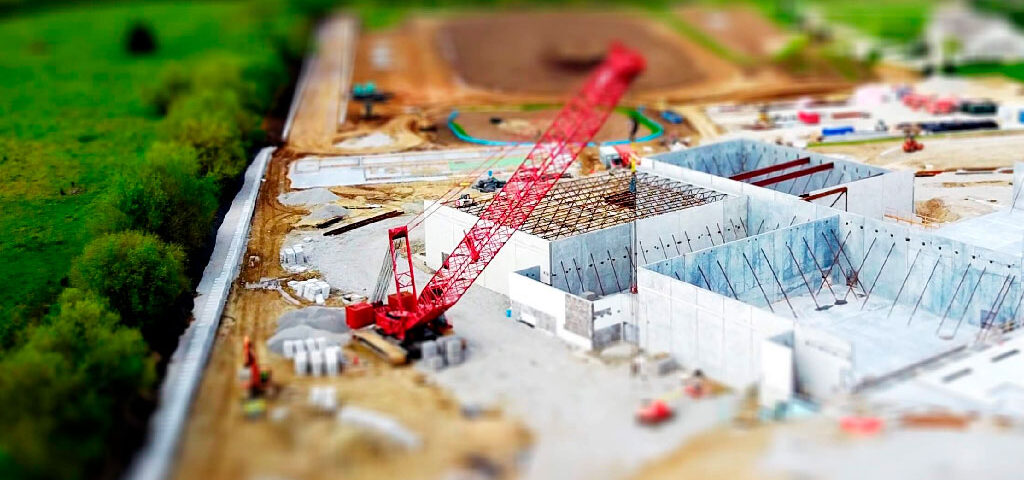The Importance of Architecture in Civil Engineering Projects Design
- Home
- News
- Architecture
- The Importance of Architecture in Civil Engineering Projects Design
Architecture and civil engineering are two interdependent disciplines that complement each other in the creation of functional and aesthetically pleasing structures and spaces. While civil engineering focuses on the planning and construction of infrastructure, architecture focuses on the design and aesthetics of buildings and spaces.
One of the most important aspects of architecture in the design of civil engineering projects is the integration of sustainable design principles. Architects play a fundamental role in creating buildings that are energy-efficient, using sustainable materials and construction techniques that minimize environmental impact. This not only benefits the environment but can also reduce the long-term operating costs of structures.
Furthermore, architecture plays a crucial role in the functionality and aesthetics of civil engineering projects. Architects work closely with engineers to design buildings and spaces that are visually appealing while also meeting functional and safety requirements. This includes efficient space distribution, selection of appropriate materials, and consideration of factors such as natural lighting and ventilation.
Another important aspect is innovation in architectural design, which can influence how civil engineering challenges are addressed. For example, designing buildings with aerodynamic shapes can reduce wind resistance and improve energy efficiency, or incorporating green roofs can enhance rainwater management and reduce environmental impact.
In summary, architecture plays a fundamental role in the design of civil engineering projects, not only in terms of aesthetics and functionality but also in terms of sustainability and efficiency. Collaboration between architects and engineers is key to achieving successful projects that meet the needs of society and the environment.





